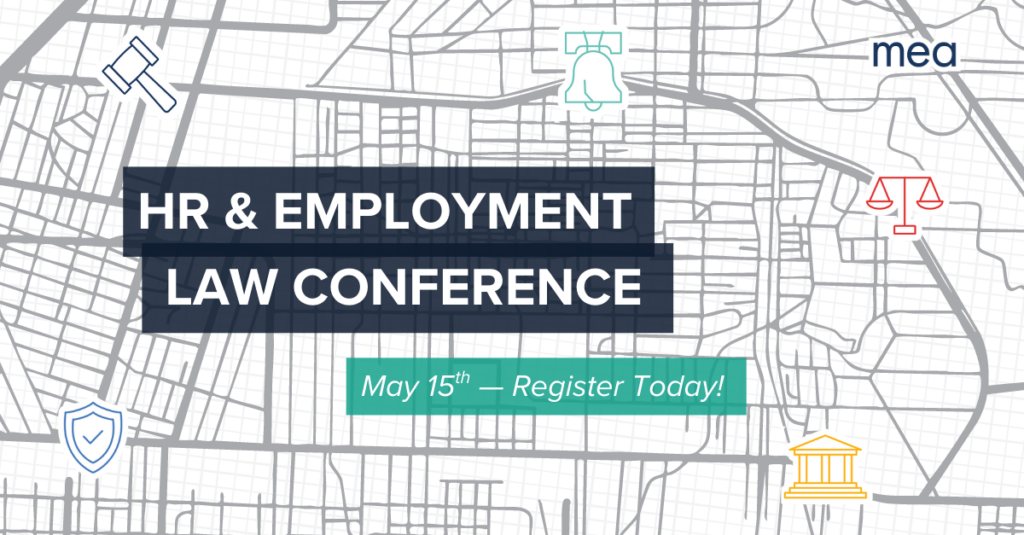Employment Lawyer, Internal Investigator, and HR Consultant and Trainer Kelly Day led a discussion about Conducting Virtual Workplace Investigations at the 2021 HR & Employment Law Conference. In her presentation, Day emphasizes that the framework for conducting investigations has stayed the same but has undergone many changes as a result of the new virtual environment. Day’s presentation talked generally about: (1) the framework for conducting investigation; (2) issues faced in virtual investigations; and (3) hot topics in virtual investigations.
Framework for Conducting an Investigation
First, Day explains the three main steps involved in conducting workplace investigations:
- Determine if an investigation is necessary: Day explains that a formal investigation is only necessary if “an employee is specifically alleging that there has been some kind of breach of company policy, company procedure, or state, local, or federal law.”
- Gather Evidence: According to Day, this is the heart of the investigation. During this step, you are responsible for acquiring your physical evidence, documentary evidence, and testimonial evidence in order to drive your investigation forward.
- Conclusion: Now you must decide how to close the investigation. You must ask yourself if these allegations are substantiated, unsubstantiated, or inconclusive. An allegation is substantiated if it more likely occurred than not. An allegation is unsubstantiated if no facts suggest that these events happened. Day advises everyone to stray away from ruling the allegations as inconclusive.
Issues Faced in Virtual Investigation
Day explains that conducting investigations virtually has opened doors to new issues that need to be dealt with. For one, not everyone understands how to use the various videoconferencing platforms. Because of this, Day has been emailing people beforehand to make sure that they are familiar with the platform. When conducting investigations virtually, you have to expect technology issues to arise. She ensures the witness feels competent by acknowledging that tech issues happen.
As a part of her introduction on a Zoom interview, Day explains that she will not be recording the session and expects the same of the witness. Saying this is helpful because it becomes proof of non-consent if the witness does record the session. Day also makes sure to say that no one is present in the room with her and confirms if anyone is in the room with the witness.
During the Zoom call, you must be prepared to share documents virtually. If you do not have access to relevant documents, do you have witnesses who have seen these documents and can describe them to you? You need to be able to work around not being in person. Pre-COVID, witnesses could show you the room where something is alleged to have happened or demonstrate how far away the co-worker was from them. You can still find out this information via Zoom; however, you must ask the right questions. Day explains that you can ask if the person was an arm’s length away or ask someone to send you pictures or videos of the space where it happened.
Hot Topics for Virtual Investigations:
Lastly, Day shared with everyone five issues in investigations that have come about as a result of the pandemic and remote working:
- Isolated and Disconnected Employees: Many team members have reported that they no longer feel like they are part of a team or feel that they are being pushed out or isolated due to bullying or discrimination.
- Social Media: More and more co-workers are connecting and chatting via social media. This has opened the floodgates to new investigations. Employees will take screenshots of what they see on social media and share it with HR.
- The “Prove It” Concern: This year managers have started questioning whether employees are really taking a couple hours off work to go to the doctor or attend an appointment. More and more managers want documentation to confirm absences.
- Work Meets Home: COVID essentially merged work life and home life. As a result, Day has investigated many complaints surrounding this balance. For example, many peoples’ schedules changed during the pandemic as families needed to help their children set up virtual schooling or take care of a loved one with COVID-19. Many employees did not appreciate being critiqued for a situation that no one was prepared for.
- Electronic Communications: With the pandemic, electronic communication is being used now more than ever before. This includes chat rooms, emails, and text messages. Because tone of voice cannot be heard over email or text, there has been a lot of miscommunication and sometimes misinterpretation, with many recipients of these communications thinking that the communication is bullying, discriminatory, or unfair.

